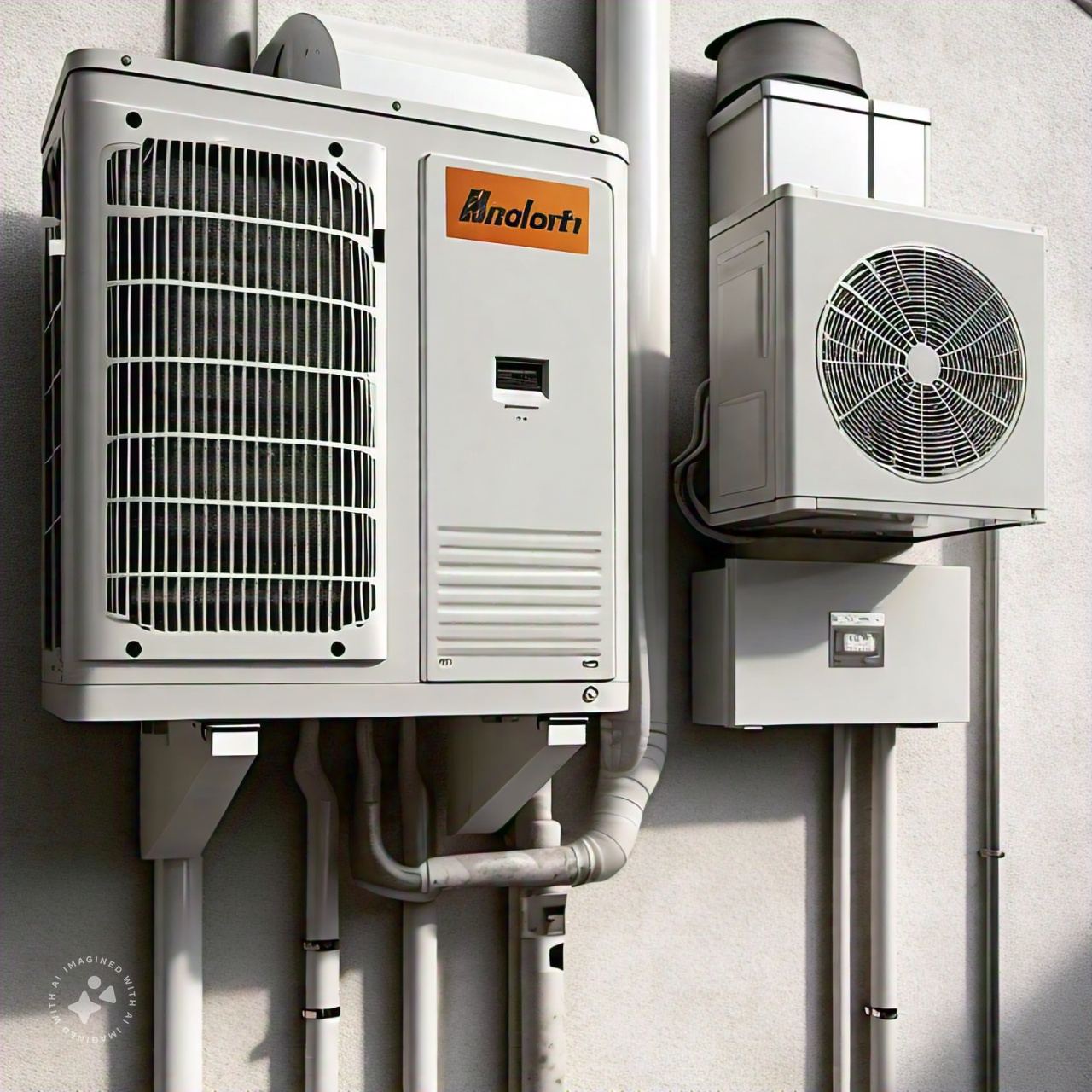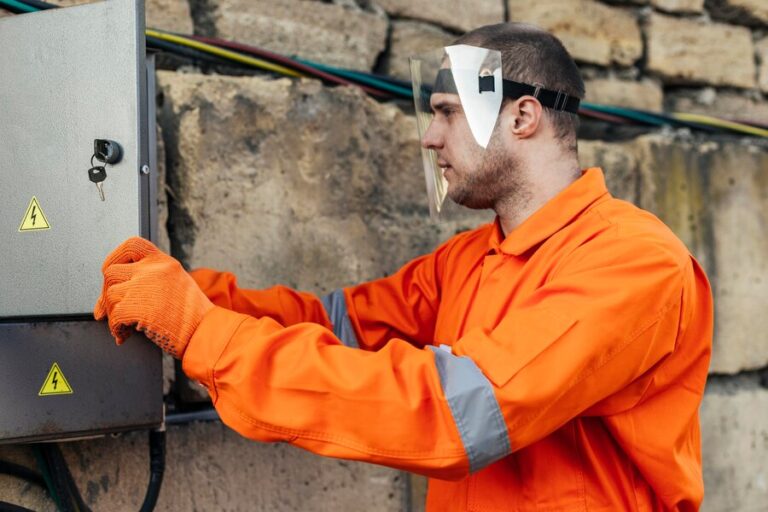Living on the Texas coast presents unique challenges when it comes to maintaining your HVAC system. With the area’s hot, humid climate and occasional coastal storms, HVAC systems face additional strain compared to those in drier, more temperate regions. Proper maintenance ensures your system operates efficiently, extends its lifespan, and helps you avoid costly repairs. Here’s a breakdown of the best maintenance steps you can take to keep your HVAC system in top shape. For quality AC repair Port Aransas has relied on for many years we recommend Highland AC.
1. Regular Filter Changes
One of the simplest yet most effective maintenance tasks is changing your HVAC filters regularly. In coastal areas like Texas, dust, salt, and humidity can quickly clog filters, reducing airflow and forcing the system to work harder. Experts recommend changing your filters every 1-2 months, but more frequent changes may be necessary during peak usage in summer months or if you have pets. Opting for high-quality filters can further protect your system by improving indoor air quality and capturing more dust and allergens.
2. Clean the Outdoor Unit
The outdoor unit, also known as the condenser, is especially vulnerable on the Texas coast due to exposure to salty air and debris. Salt can corrode the metal components of the condenser, leading to reduced efficiency and premature failure. To prevent this, regularly clean the outdoor unit by gently hosing it down with water. You can also use a coil cleaner specifically designed for HVAC systems. Trim any plants, shrubs, or grass within a two-foot radius of the unit to ensure proper airflow and prevent overheating.
3. Check for Salt Buildup and Corrosion
Salt buildup is a major concern for coastal HVAC systems. Salt can accumulate on metal components, leading to corrosion. Inspect your system regularly, especially the outdoor unit, for signs of rust or corrosion. Applying a protective coating to the metal parts can help prevent damage. If you notice significant corrosion, consider contacting a professional to assess whether repairs or part replacements are needed. We also recommend always using a professional HVAC company when you need repairs or installation.
4. Regularly Inspect and Clean Ductwork
Texas coastal homes can accumulate high levels of humidity, which can lead to mold growth in the ductwork if not properly maintained. It’s essential to inspect your ducts regularly for signs of mold, dust, or debris. Cleaning the ducts at least once a year can improve indoor air quality and prevent system inefficiency. Professional duct cleaning services can help ensure thorough maintenance, particularly if you notice unusual smells or a significant amount of dust in your home.
5. Schedule Annual Professional Maintenance
Even with diligent DIY maintenance, professional HVAC servicing is crucial. Schedule an annual tune-up with an HVAC technician to inspect the entire system, including refrigerant levels, electrical connections, and the thermostat. A technician will also clean and lubricate moving parts, ensuring optimal performance and preventing breakdowns. Catching minor issues early can prevent more serious and expensive repairs down the line, especially with the added wear and tear of a coastal climate.
6. Install a Dehumidifier
The Texas coast’s high humidity can overwork your HVAC system as it struggles to keep the indoor air comfortable. Installing a whole-home dehumidifier can reduce the workload on your system by maintaining optimal humidity levels. This will not only improve comfort but also extend the lifespan of your HVAC system and improve energy efficiency.
In conclusion, proper HVAC maintenance in Port Aransas or anywhere on the Texas coast requires regular filter changes, cleaning of outdoor units, addressing salt buildup, inspecting ducts, scheduling professional tune-ups, and controlling humidity. By following these steps, you can keep your system running efficiently and avoid costly repairs, even in a challenging coastal environment.







